How to Choose the Right KPIs for Your Performance Marketing Campaigns
In performance marketing, selecting the right KPIs (Key Performance Indicators) is fundamental to tracking and achieving campaign success. KPIs allow you to gauge effectiveness, optimize strategies, and ultimately reach your marketing objectives. Without the right KPIs, performance marketing becomes a guessing game. This guide will cover the essentials of KPI selection for performance marketing campaigns, providing insights into types of KPIs, how to align them with campaign goals, and practical steps for implementation.
1. Understanding KPIs in Performance Marketing
Key Performance Indicators (KPIs) are measurable values that indicate how effectively a company achieves its business objectives. In the context of performance marketing, KPIs serve as specific metrics that track the effectiveness of each campaign activity, allowing marketers to evaluate the return on investment (ROI) and make adjustments.
There are various types of KPIs, and each serves a unique purpose:
- Quantitative KPIs: Metrics that can be counted, like clicks, impressions, and conversions.
- Qualitative KPIs: Metrics that measure quality, such as customer satisfaction scores.
- Lagging KPIs: Reflect results after they have been achieved, such as revenue and profit.
- Leading KPIs: Predict future results and can be influenced to impact outcomes, like website traffic and lead volume.
Understanding these types of KPIs helps in choosing the ones that best fit your campaign objectives.
2. Setting Clear Campaign Goals
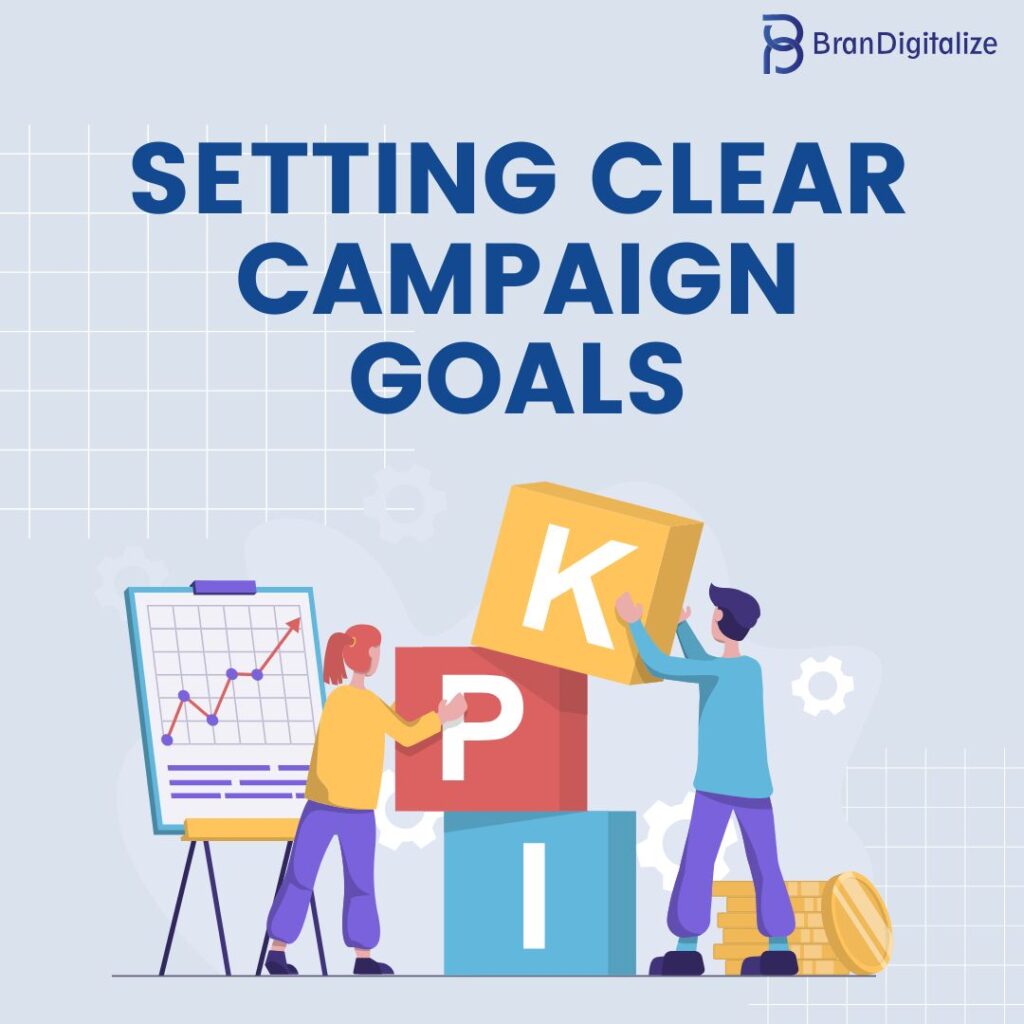
Before diving into KPI selection, it’s crucial to define your campaign goals, as KPIs should directly support these objectives. Common goals in performance marketing include:
- Increasing Brand Awareness: If you aim to make more people aware of your brand, KPIs might focus on metrics like impressions, reach, and social media engagement.
- Generating Leads: For campaigns centered on collecting contact information or prospective customers, KPIs could include cost per lead (CPL), lead conversion rate, and form submission rate.
- Driving Sales: If the primary goal is sales, focus on metrics like return on ad spend (ROAS), customer acquisition cost (CAC), and conversion rate.
- Boosting Engagement: For campaigns aimed at building a relationship with the audience, KPIs might track social shares, comments, and time spent on pages.
By clarifying these objectives, you’ll ensure that your KPIs are aligned with the ultimate goals of your campaign.
3. Common KPIs in Performance Marketing
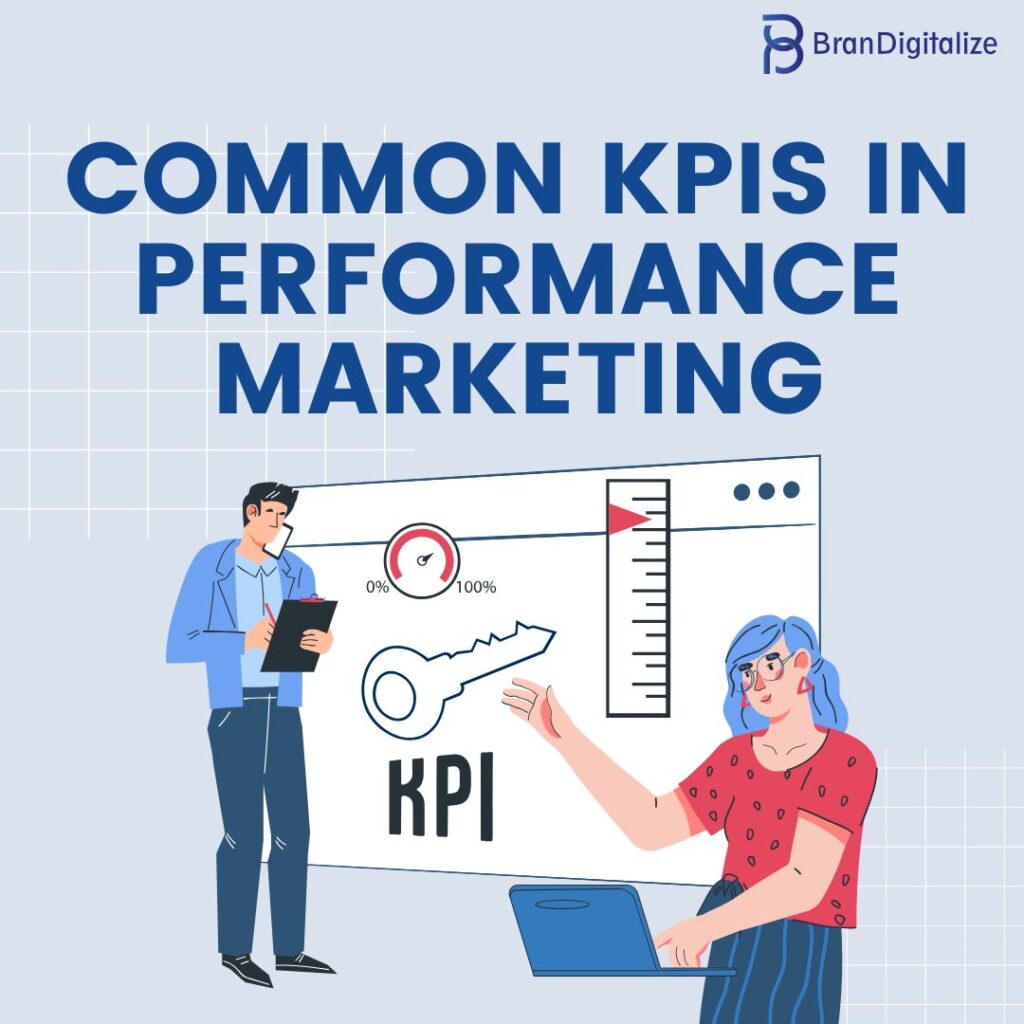
Once your campaign goals are defined, identify the KPIs that will measure success. Here’s a breakdown of some of the most important KPIs in performance marketing:
- Click-Through Rate (CTR): The ratio of users who click on your ad to those who view it, expressed as a percentage. A high CTR indicates effective ad messaging and targeting.
- Conversion Rate: The percentage of users who complete a desired action, such as signing up or making a purchase. This KPI is crucial for tracking the effectiveness of calls-to-action and landing pages.
- Cost Per Acquisition (CPA): The cost of acquiring a customer through the campaign. Lower CPA suggests more efficient spending and effective targeting.
- Return on Ad Spend (ROAS): A measure of revenue earned for every dollar spent on advertising. High ROAS reflects a profitable campaign.
- Customer Lifetime Value (CLV): The estimated revenue a customer will generate throughout their relationship with your company. This KPI helps balance acquisition costs and retention efforts.
- Engagement Rate: Particularly important for social media campaigns, this KPI includes likes, shares, and comments, which indicate audience interaction and brand affinity.
4. Choosing KPIs That Match Your Marketing Funnel Stage
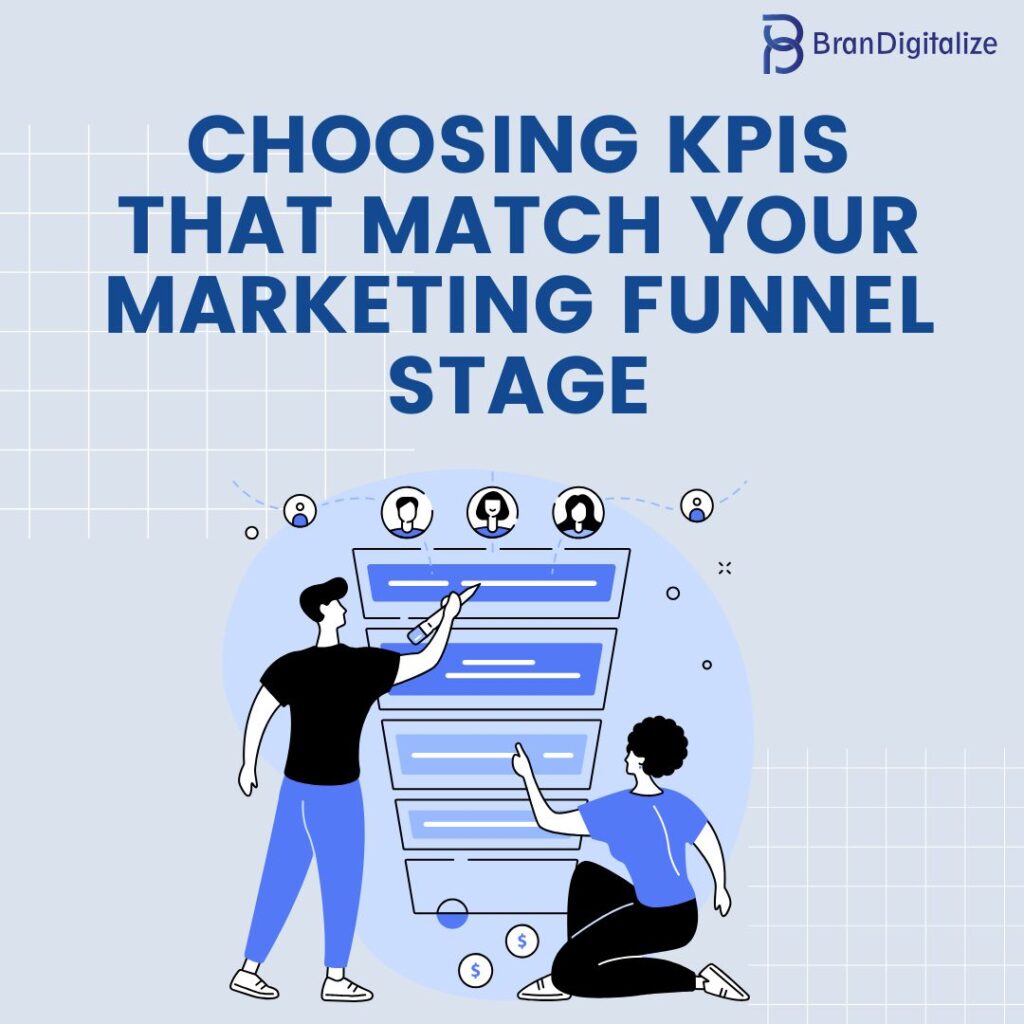
Different KPIs serve different stages of the marketing funnel. Selecting the right KPIs requires understanding where in the funnel your audience currently is.
- Awareness Stage: At the top of the funnel, focus on reach, impressions, and engagement KPIs to build visibility.
- Consideration Stage: Here, metrics like click-through rate (CTR) and bounce rate matter as they reflect interest and user intent.
- Conversion Stage: At the bottom of the funnel, prioritize KPIs like conversion rate, CPA, and ROAS to evaluate actual sales and returns.
Aligning KPIs with funnel stages allows you to guide potential customers effectively from awareness to conversion.
5. Prioritizing Quality Over Quantity in KPI Selection
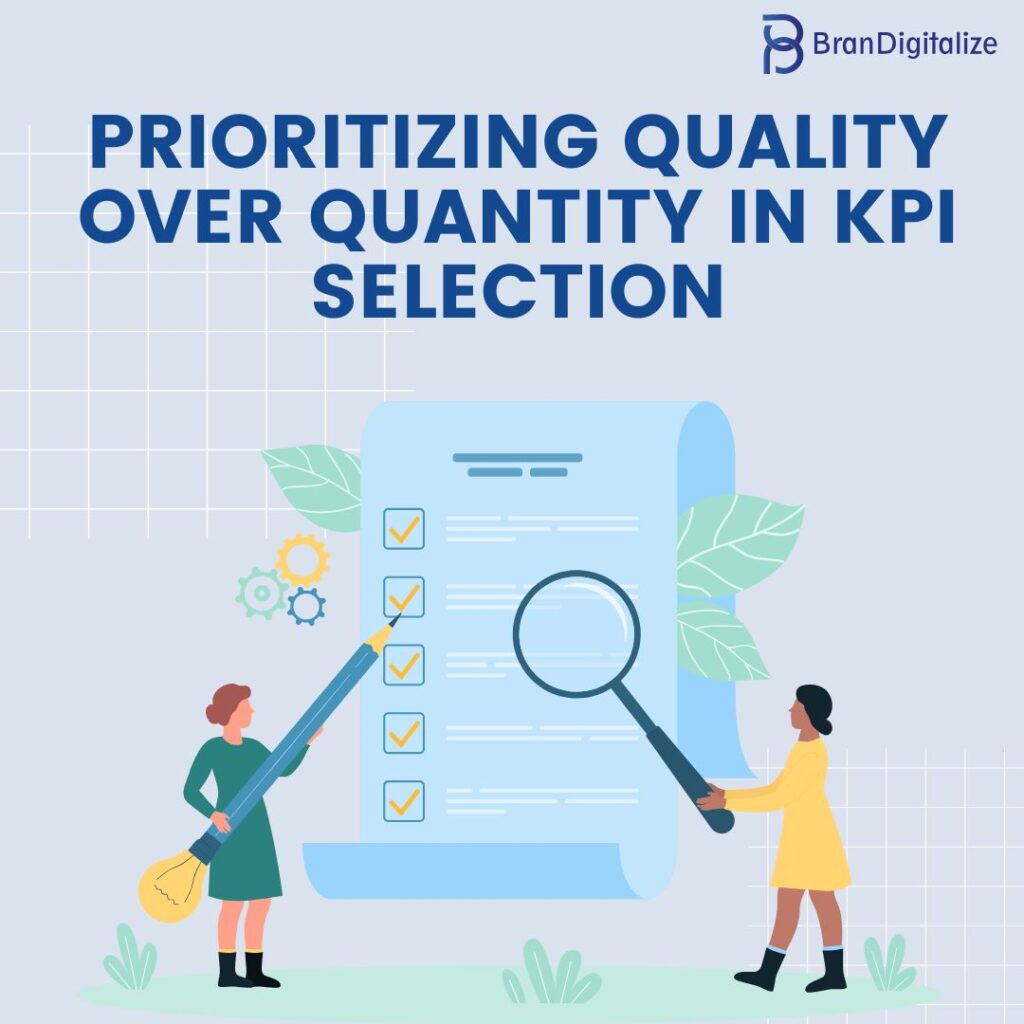
It’s easy to fall into the trap of tracking too many KPIs, which can lead to confusion and diluted focus. Instead, prioritize quality over quantity by focusing on KPIs that provide direct insights into your objectives.
How to prioritise KPIs:
- Select 2-4 Primary KPIs: These should directly tie to your goals, such as ROAS for revenue-driven campaigns or CPL for lead-generation campaigns.
- Identify Supporting Metrics: Track secondary metrics that provide additional context, such as traffic sources or device breakdown, which help understand user behaviour without overwhelming data interpretation.
- Regularly Review and Adjust: Campaign goals may evolve, so reassess KPIs to ensure they remain relevant to your objectives.
By keeping a manageable number of KPIs, you’ll be able to focus on meaningful metrics that genuinely impact your campaign.
6. Integrating KPIs with Analytics Tools
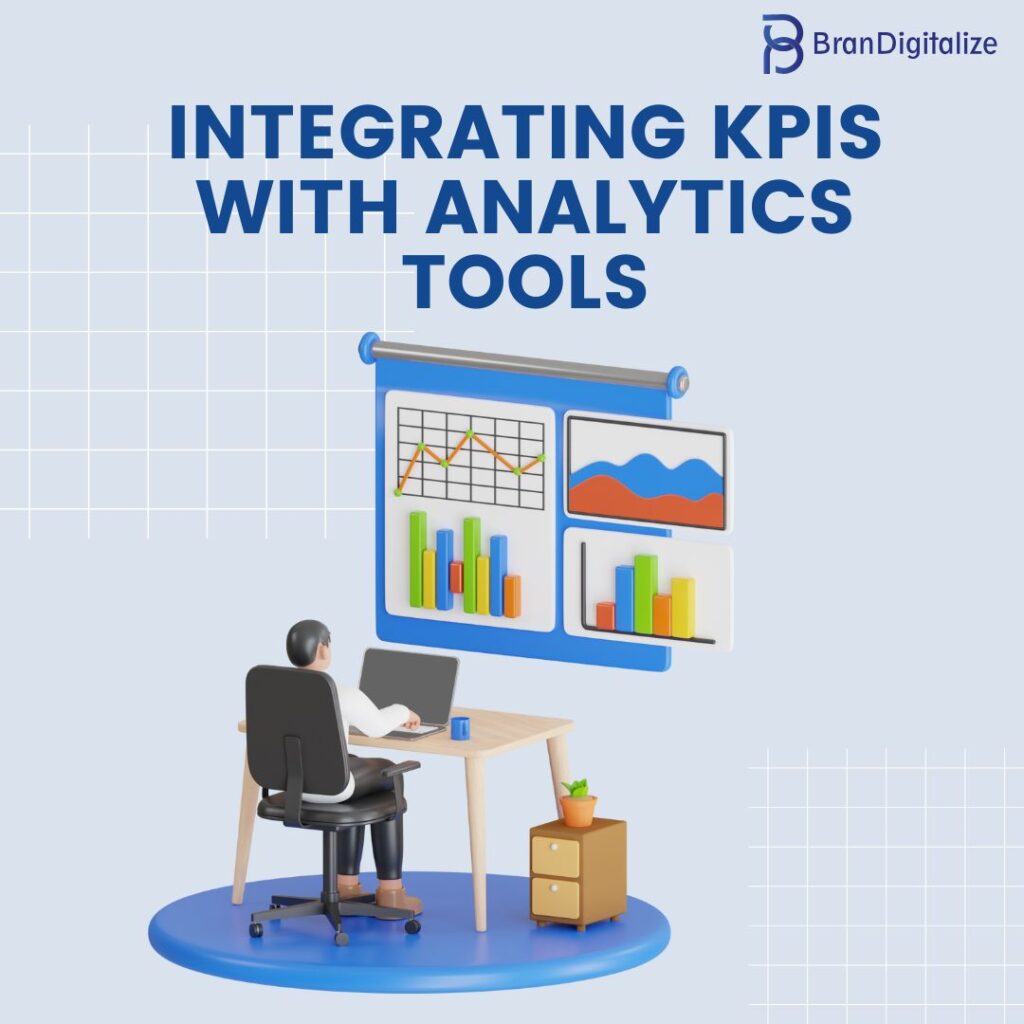
Tracking KPIs effectively requires integrating them with the right analytics tools. Platforms like Google Analytics, Facebook Ads Manager, and HubSpot provide real-time data and reports on KPIs across channels.
Steps to implement KPIs with analytics tools:
- Set Up Tracking Codes: Use tracking pixels, UTMs, or tags to capture interactions like clicks, conversions, and sales accurately.
- Automate Reporting: Many tools allow you to schedule reports that capture KPIs at regular intervals. This enables consistent monitoring and quick adjustments.
- Use Dashboards for Visualization: Visual dashboards provide quick insights, making it easier to spot trends or anomalies in your KPIs.
Choosing an analytics tool that best fits your needs—whether it’s real-time tracking or CRM integration—ensures accurate and actionable KPI data.
7. Evaluating KPI Effectiveness with Benchmarks and A/B Testing
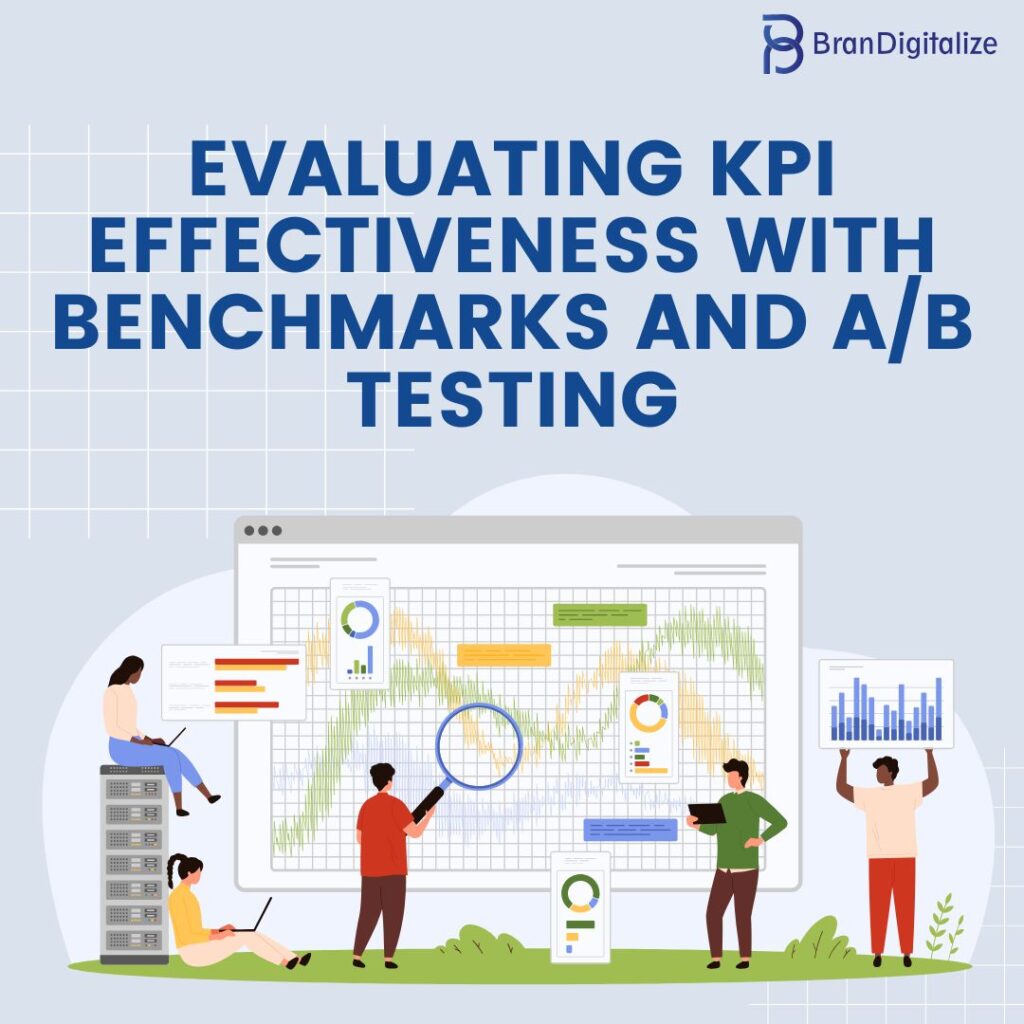
Measuring KPIs against industry benchmarks or past campaign data allows you to understand how your campaign is performing relative to standards.
- Benchmarking: Compare your KPIs to industry averages or competitor data. For example, a 2% CTR might be good for one industry but below average in another.
- A/B Testing: Experiment with ad creatives, targeting, and calls to action. By comparing A/B test results, you can see how changes affect KPIs like conversion rate and engagement.
- Feedback Loops: Regularly update stakeholders on KPI performance and gather feedback. Insights from teams can help fine-tune the focus on high-impact KPIs.
Benchmarking and testing give you context, making it easier to evaluate whether a KPI is truly indicative of success or if adjustments are needed.
8. Leveraging KPIs for Continuous Campaign Optimization
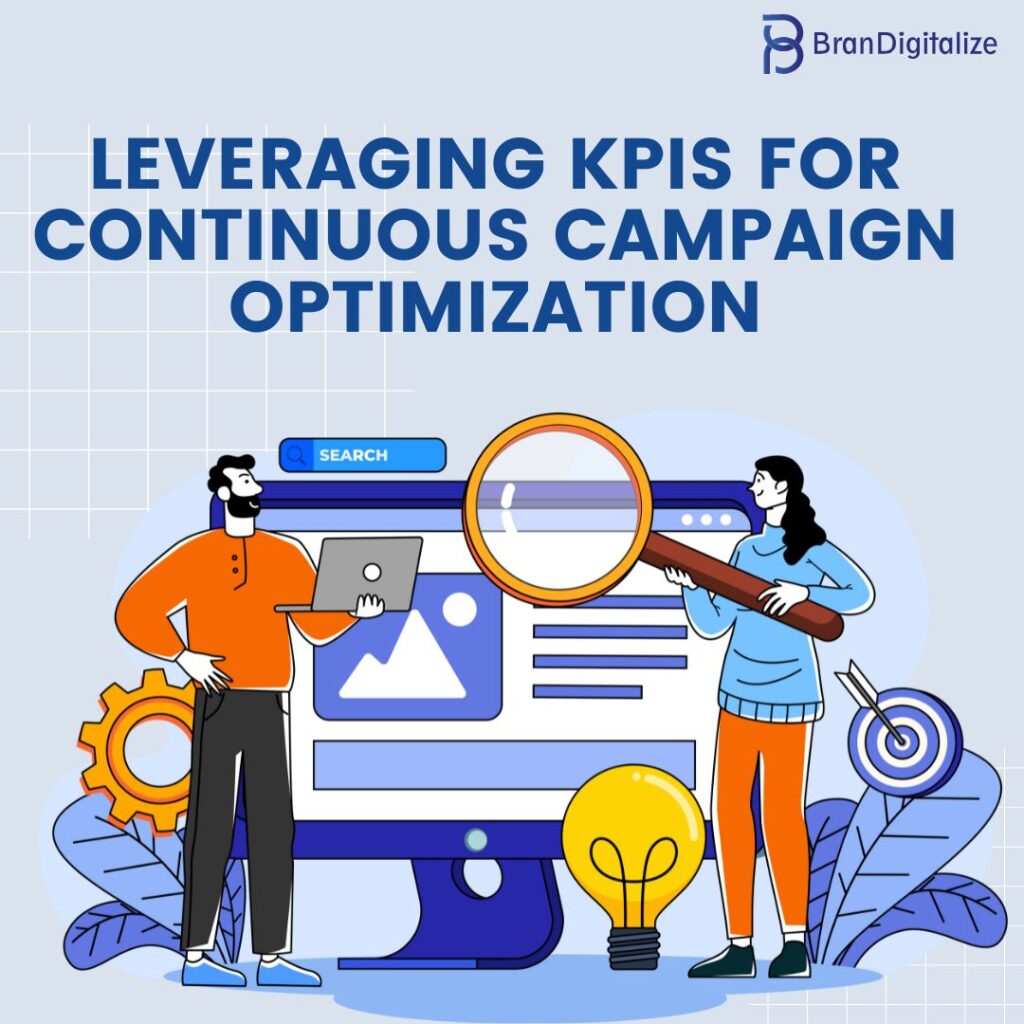
KPIs should be seen as part of an ongoing optimization process, not just as static numbers to check at the campaign’s end. By regularly analyzing KPI trends, you can identify what’s working and what needs improvement.
Steps for continuous optimization:
- Monitor KPI Performance Weekly: Regular checks allow you to spot any unexpected drops or increases in KPIs, helping to keep the campaign on track.
- Adjust Based on Data: Use insights to tweak ads, refine targeting, or adjust budget allocation to improve KPIs.
- Iterate and Scale: Successful strategies based on high-performing KPIs can be scaled for better reach or replicated across other campaigns.
Optimization ensures that KPIs aren’t just numbers but are actively driving your campaign toward higher efficiency and ROI.
9. Common Pitfalls in KPI Selection and How to Avoid Them
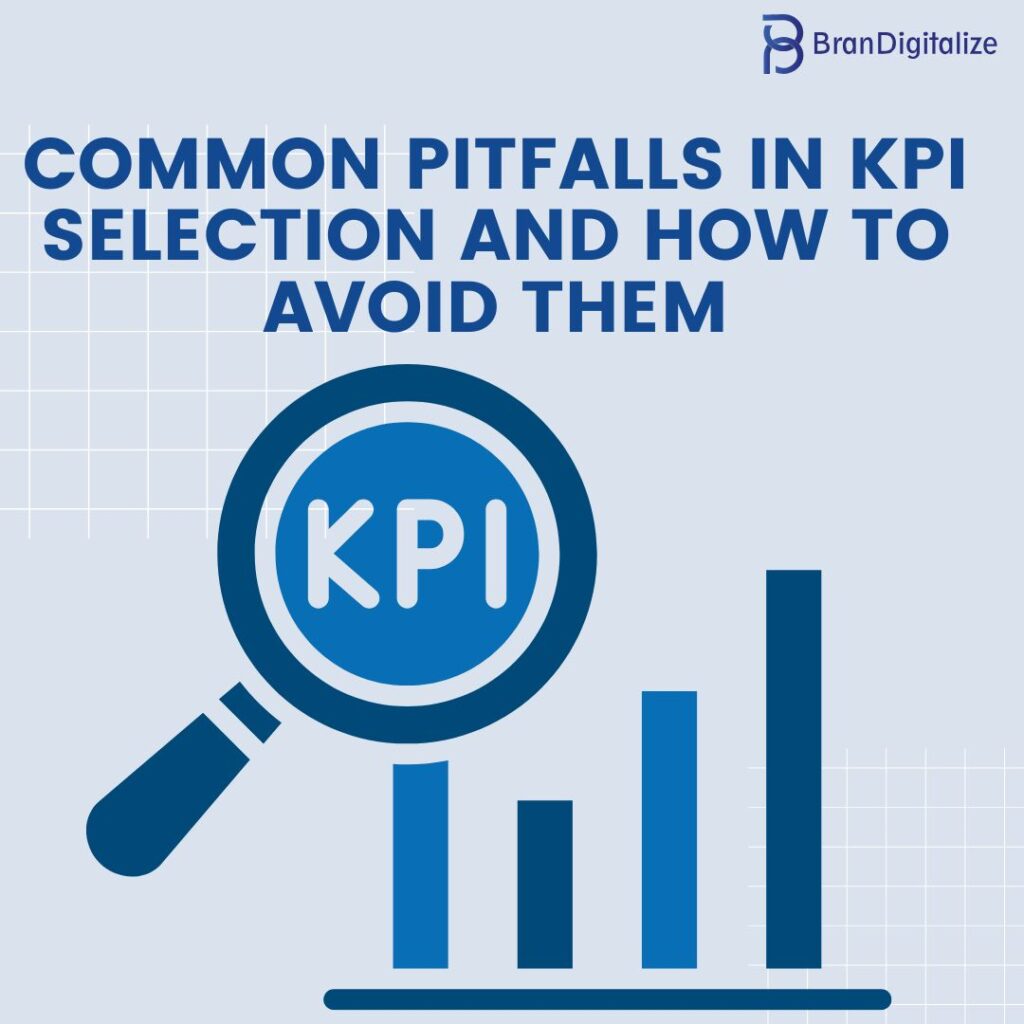
Choosing the right KPIs isn’t foolproof. Many marketers encounter common pitfalls that can lead to wasted resources or missed objectives.
- Selecting Vanity Metrics: Metrics like total page views or followers don’t always translate to real value. Instead, focus on KPIs that are tied to actionable outcomes, such as conversion rate and ROI.
- Overlooking Long-Term Goals: KPIs that only serve immediate results can neglect customer retention or brand loyalty. Include metrics like customer lifetime value (CLV) for a more holistic approach.
- Failing to Adjust KPIs Over Time: As campaigns progress, initial KPIs may lose relevance. Review and adjust KPIs as goals shift or new insights emerge.
Avoiding these pitfalls keeps KPI tracking meaningful and directly tied to performance, ensuring campaigns are aligned with both short-term and long-term goals.
Conclusion: Achieving Campaign Success with the Right KPIs
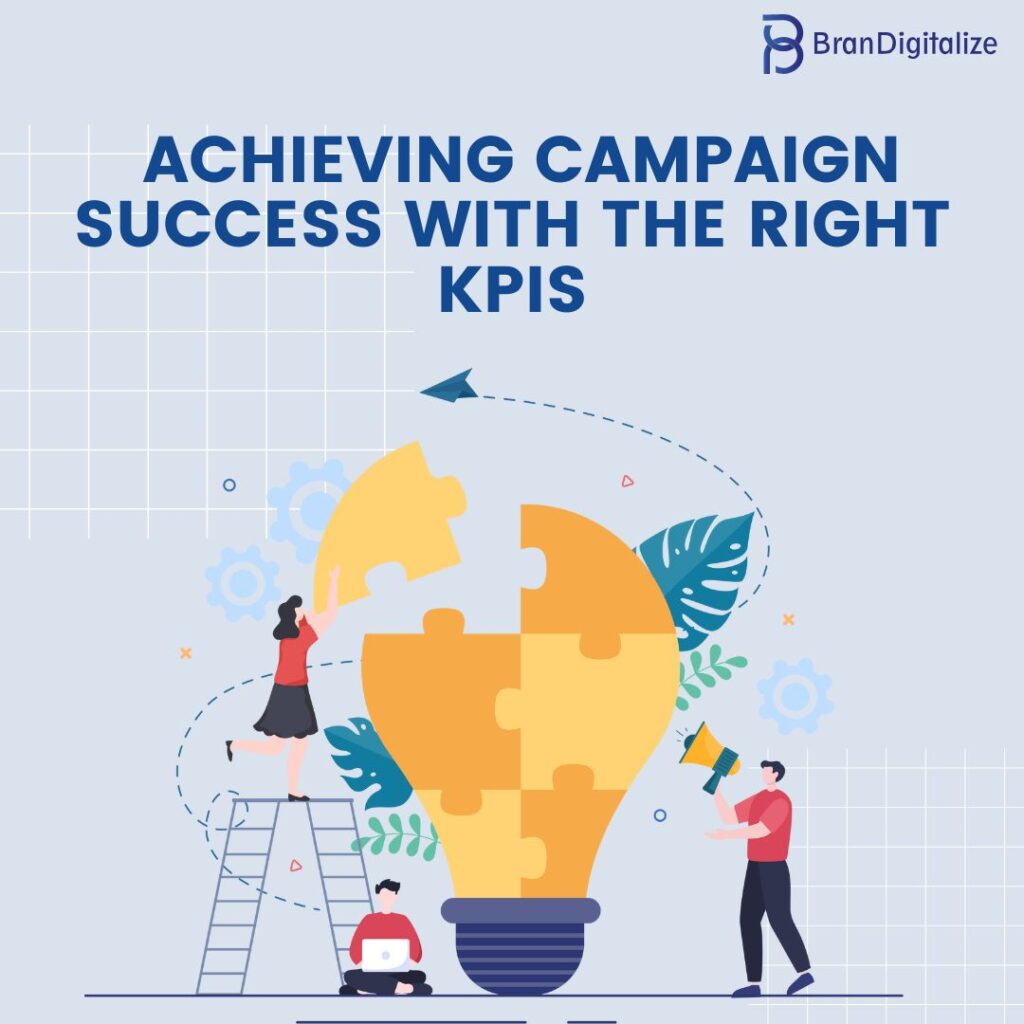
Choosing the right KPIs for your performance marketing campaigns is crucial for achieving measurable success. By setting clear objectives, aligning KPIs with your marketing funnel, and continuously optimizing based on data, you can drive more effective and profitable campaigns.
Incorporating regular reviews, benchmarking, and avoiding common pitfalls ensures that your KPI strategy is as agile and impactful as the campaign itself. With these principles, you’re well-equipped to navigate KPI selection and make data-driven decisions that drive your performance marketing success.

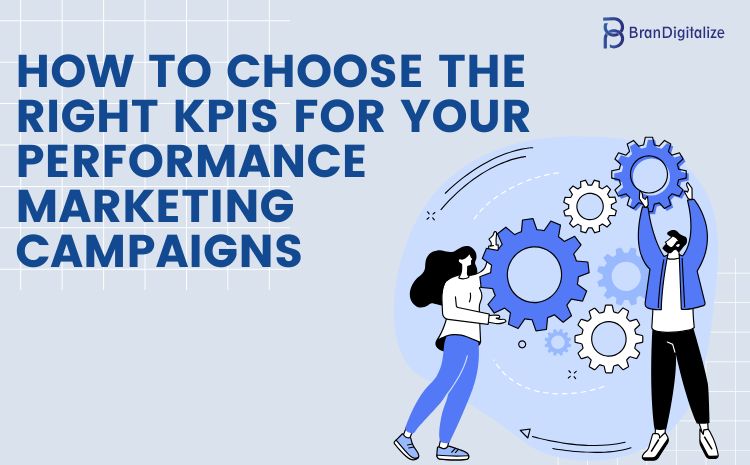











Write a Comment